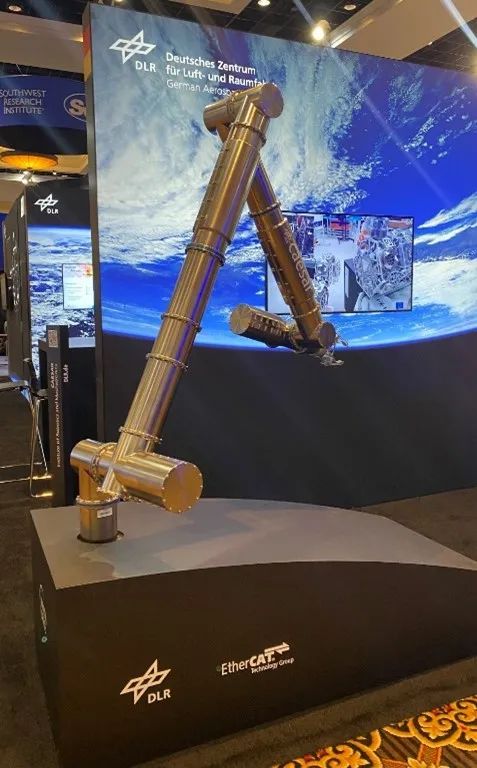As is well known, the aerospace industry has always used only the best: after all, orbital applications have very high reliability requirements, and the environmental demands during the launch, operation, and necessary landing of space components are also very stringent. Therefore, to date, the aerospace industry has primarily relied on technologies specifically developed for such applications, continuously seeking suitable application areas for this technology on Earth. However, this approach undoubtedly leads to high R&D costs, not only due to the limited number of suppliers but also because of the high costs of the components themselves and their operation.
For this reason, not only have “new space” companies adopted their unique and practical approaches, but the aerospace industry is increasingly adopting a contrary approach: technologies that have proven successful on Earth can also be used in space. Of course, the premise is that this technology must meet the special needs of the aerospace industry. This is why space robotics suppliers choose EtherCAT: the leading communication technology used in motion control on Earth is very suitable for related applications in space.
At the Space Symposium, recognized as the most important conference in the aerospace industry, held in Colorado Springs,leading space robotics manufacturers collaborated with Beckhoff and the EtherCAT Technology Group to release a white paper titled “How Space Technology Robots Benefit from Global Standard Communication Technologies in Motion Control.”The white paper first discusses the general and specific requirements of space robots for fieldbus technology. In addition to very short cycle times and precise synchronization, it also includes radiation resistance of chips, the ability to replace faulty nodes through reconfigurable networks, and various different devices that can be used to easily set up test environments and prototypes. The white paper then explains and discusses how EtherCAT meets these requirements.
Companies involved in the writing of the white paper include:
Canadian aerospace company MDA
This company is currently developing the Canadarm3 robotic arm for NASA’s Lunar Gateway project. The Canadarm and Canadarm2 robotic arms used in the space shuttle also come from MDA, with the Canadarm2 playing a key role in spacewalks at the International Space Station.
California-based Motiv Space Systems
This company developed a robotic arm over 2 meters long with 5 joints for NASA’s Perseverance Mars rover, which carries some key scientific instruments for searching for signs of life on Mars.
Tethers Unlimited
This company is the manufacturer of the KRAKEN® robotic arm, providing a compact seven-degree-of-freedom manipulator for the aerospace industry, enabling small spacecraft to perform assembly, manufacturing, and maintenance operations in space.
German Aerospace Center DLR’s Institute of Robotics and Mechatronics
For many years, EtherCAT technology has been used in various applications, and EtherCAT-based systems have already been used on the International Space Station.
The EtherCAT robot CAESAR (Compliant Assistance and Exploration Space Robot) was specifically developed for various tasks in space, such as assembling, maintaining, and repairing satellites or clearing space debris.

Space robot“CAESAR”on display at theSpace Symposium.
CAESAR was prominently featured at the Space Symposium exhibition: this was also an ideal occasion for the release of the “EtherCAT Space Technology Robot Application White Paper.”
